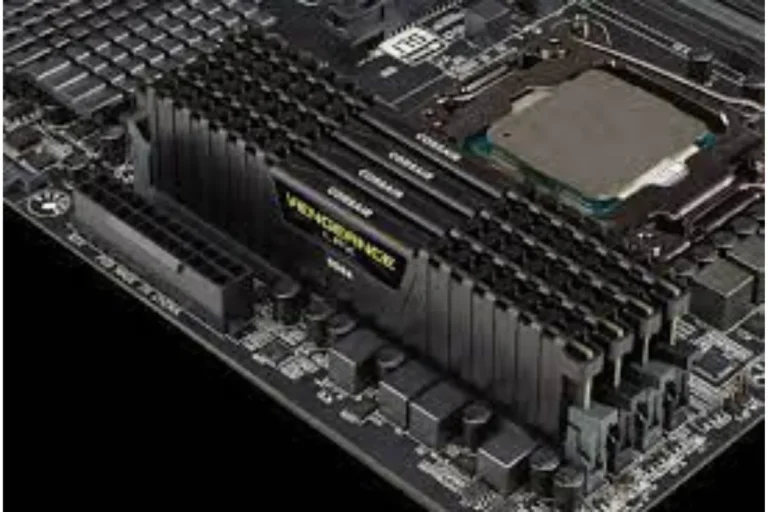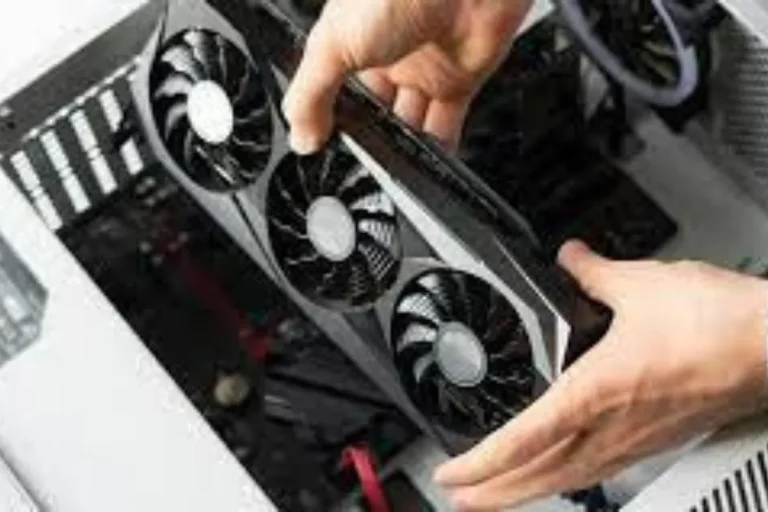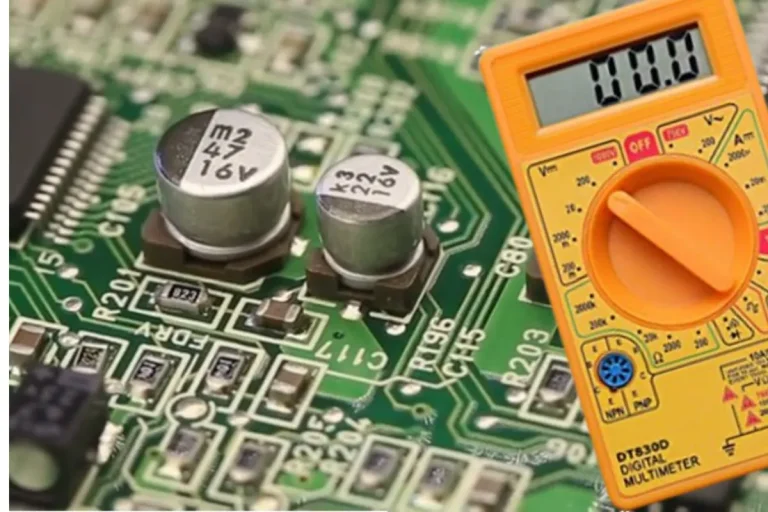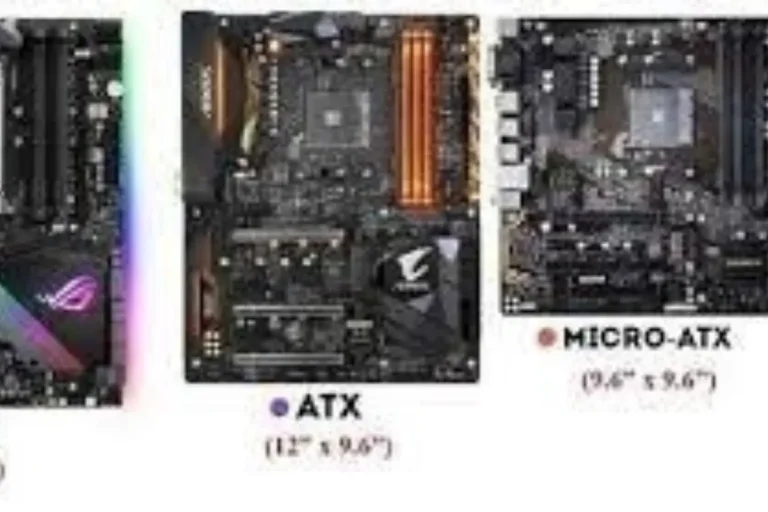Can I replace my Asus motherboard with another model?
Are you looking to upgrade your computer system and wondering if you can replace your Asus motherboard with a different model? Well, you’re in the right place! In this article, we’ll explore the ins and outs of swapping out your Asus motherboard, ensuring compatibility, and guiding you through the process step by step.
Factors to Consider Before Replacing Your Asus Motherboard
When it comes to replacing your Asus motherboard with a different model, there are several important factors to consider. One of the most crucial considerations is compatibility. Ensuring that the new motherboard is compatible with your existing system components is essential to avoid any compatibility issues down the line.
Compatibility is not just limited to the physical dimensions of the motherboard but also extends to the socket type and form factor. Asus motherboards come in various form factors, such as ATX, micro ATX, and mini ITX.
Each form factor has different physical dimensions and may require a specific case size or mounting points. It is important to ensure that the new motherboard is compatible with your current case.
Another aspect of compatibility is the socket type. The socket type determines the type of processor that can be installed on the motherboard. Asus motherboards support different socket types, such as LGA (Land Grid Array) and PGA (Pin Grid Array).
It is crucial to choose a motherboard that supports the same socket type as your existing processor to ensure a proper fit.
BIOS and Firmware Updates
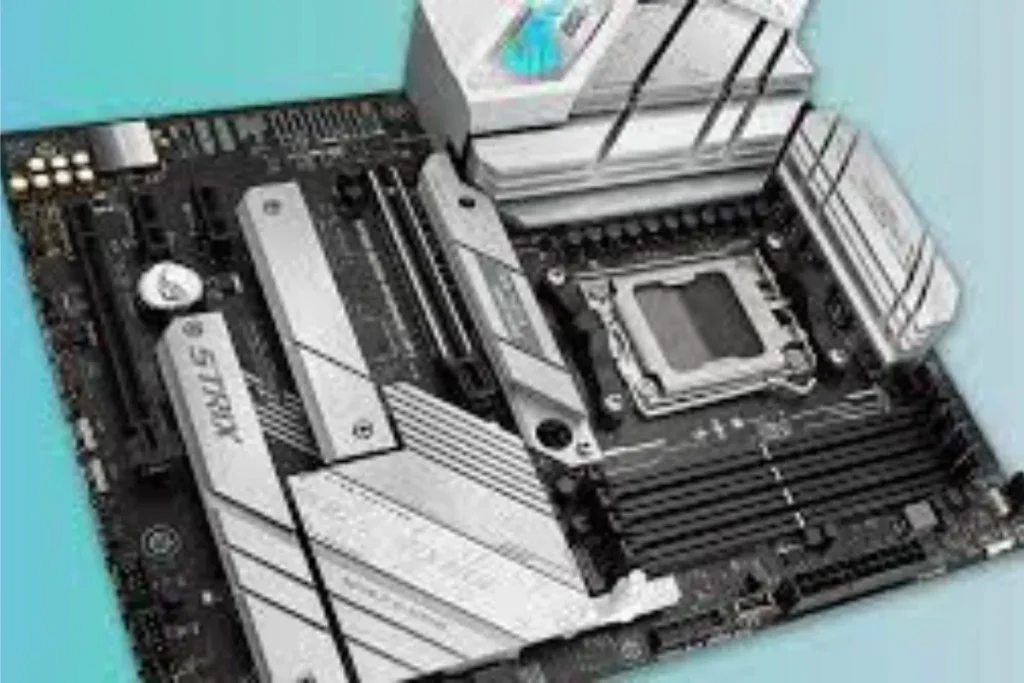
When replacing your Asus motherboard, it is crucial to understand the significance of updating the BIOS and firmware. These updates play a vital role in ensuring compatibility, stability, and optimal performance of your new motherboard.
Before replacing the motherboard, it is recommended to update the BIOS and firmware of your existing motherboard to the latest versions. This helps to ensure that the system is running on the most up-to-date software, which can address any known issues or bugs.
Updating the BIOS and firmware can also improve system performance and enhance compatibility with newer hardware components. After replacing the motherboard, it is equally important to update the BIOS and firmware of the new motherboard.
This ensures that the system is configured correctly and takes full advantage of the new hardware. It can also provide additional features and functionality that may not have been available with the previous motherboard.
To perform these updates effectively, start by visiting the Asus website and locating the support section for your specific motherboard model. Download the latest BIOS and firmware updates provided by Asus.
Carefully follow the instructions provided by Asus for updating the BIOS and firmware, as the process may vary depending on the motherboard model. It is crucial to note that updating the BIOS and firmware carries a certain level of risk.
Any interruption or error during the update process can potentially cause irreversible damage to the motherboard. To minimize the risk, ensure that your computer is connected to an uninterrupted power source and follow all instructions provided by Asus accurately.
Troubleshooting Common Issues
When replacing your motherboard, it’s important to be aware of potential problems that may arise during or after the process. Understanding these common issues and having troubleshooting tips at hand can save you time and frustration.
One common problem that users may encounter is compatibility conflicts. This occurs when the new motherboard is not fully compatible with other components in the system, such as the CPU or RAM.
To troubleshoot this issue, double-check the compatibility of all components before making the purchase. If a conflict does arise, consult the motherboard’s documentation or the manufacturer’s website for any available firmware updates or compatibility patches.
Another issue that may arise is driver installation problems. After replacing the motherboard, it’s essential to install the appropriate drivers for all hardware components to ensure proper functionality.
If you encounter issues during driver installation, start by visiting the manufacturer’s website and downloading the latest drivers specifically designed for your motherboard model. Follow the installation instructions carefully and ensure that all drivers are up to date.
In some cases, users may experience unexpected system crashes or instability after motherboard replacement. This can be caused by various factors, such as incorrect BIOS settings or faulty hardware installation.
To troubleshoot this issue, carefully review the BIOS settings and ensure that they are configured correctly for your specific setup. Additionally, double-check all hardware connections to ensure they are secure and properly installed.
Frequently asked questions
1. What is the warranty coverage for Asus motherboards?
Asus motherboards typically come with a warranty period of one to three years, depending on the specific model. This warranty covers any manufacturing defects or hardware failures that may occur during the specified period.
2. Why is it important to contact support if I encounter issues with my Asus motherboard?
Contacting support is essential because they can provide expert guidance and assistance in resolving any issues you may encounter with your Asus motherboard. They can help diagnose problems, provide troubleshooting tips, and advise on warranty claims if necessary.
3. How can I seek assistance from Asus for my motherboard-related concerns?
If you have any concerns or issues with your Asus motherboard, you can seek assistance by visiting the Asus support website. They offer various support channels, including live chat, email support, and phone support.
4. What should I do if my Asus motherboard requires repair or replacement?
If your Asus motherboard requires repair or replacement within the warranty period, it’s recommended to contact Asus support or an authorized service center. They will guide you through the warranty claim process and provide instructions on how to proceed.
5. Can I seek assistance from authorized service centers for my Asus motherboard?
Yes, Asus has authorized service centers located in various regions. These service centers have trained technicians who specialize in Asus products.
Conclusion
In conclusion, it is generally not recommended to replace your Asus motherboard with another model unless it is specifically listed as compatible.
Asus motherboards are designed to work seamlessly with specific components, and using an incompatible model can lead to compatibility issues and potential hardware failures. It’s always best to consult the manufacturer’s documentation or seek professional advice before making any motherboard replacements.

